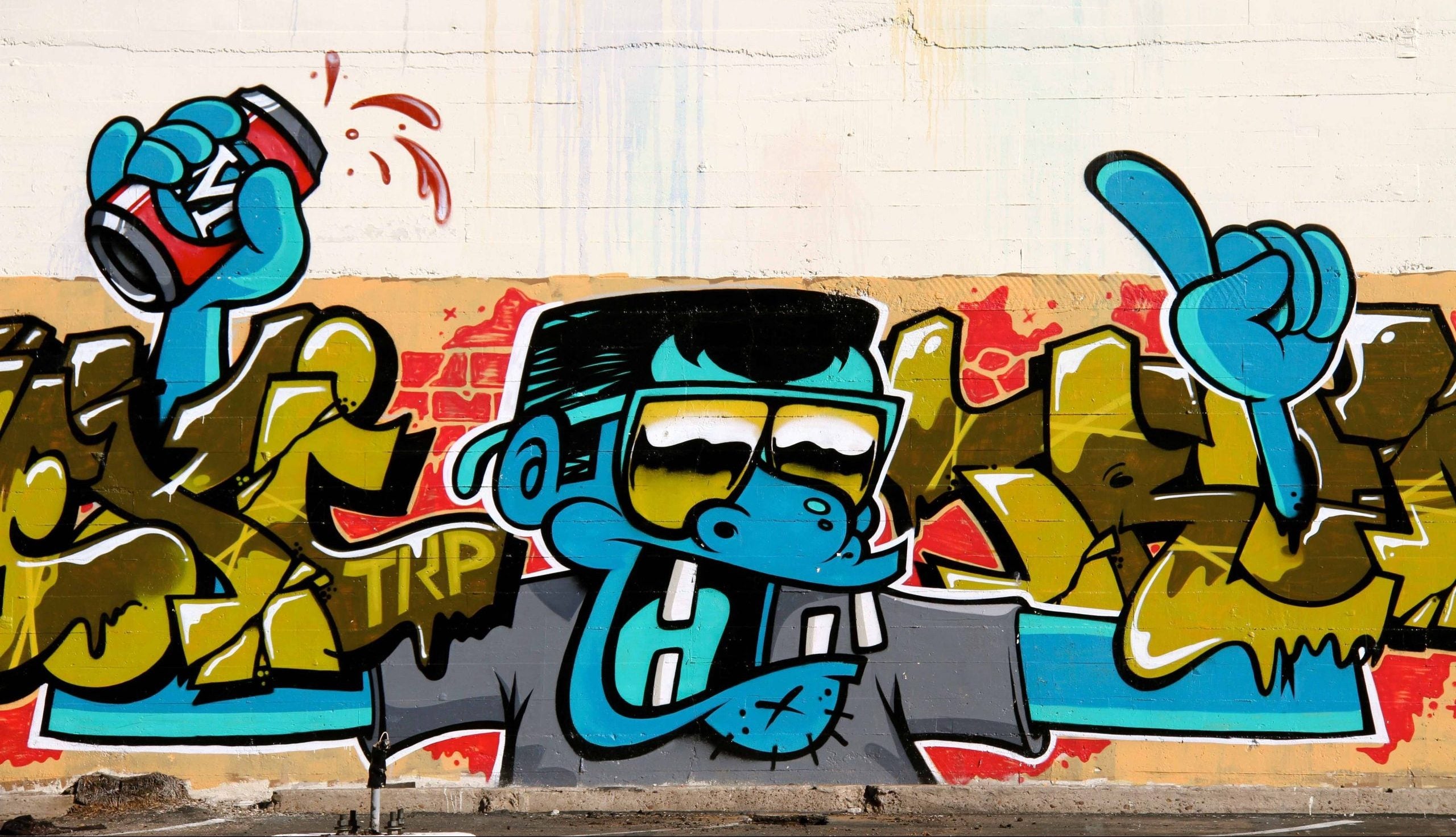Creating Creatures 101

Welcome to your class on creating original fantastical creatures. Before we begin, it’s important to acknowledge that there’s no one correct method of world building. You may also have varying levels of reality in your new world. Or you may not be a fantasy writer at all. Not to worry, this creative writing exercise will still stretch your skills.
As an ocean science educator, I am going to teach you how to use the guidelines that nature has already provided to create your very own fantastical creature.
The first rule to remember is that organisms adapt and develop characteristics based on their environment. They evolve to overcome challenges placed on them by factors such as oxygen and water availability, terrain, predators, temperature and climate, and food source to name a few.
Let’s look at some examples. Picture a stingray. This fish is flattened and its mouth is located on the bottom of its body. This body shape is perfectly designed for living on the bottom of the ocean and hunting for food in the sand.
Another great example: sea cucumbers. You know, those tube-like invertebrates with spikes all over them? Pause for a moment and google California Sea Cucumber. Don’t worry, I’ll wait here.
Got it? Great. Sea cucumbers are invertebrates, meaning they have no bones. They also have thousands of feet – this is great for climbing upside down on rocks, but is a terrible adaptation for speed. Rule number two: all adaptations have a trade off.
So how does this squishy, slow blob protect itself? By looking super scary with intimidating spikes all over it, of course! These spikes are actually filled with water and are totally fake, but it’s a great way to scare off predators.
Now it’s your turn. Get out a piece of paper and writing utensil and get those creative juices flowing. If you don’t have a fictional world in mind, then choose a habitat you’re familiar with. Let’s try a rocky mountain habitat.
Start with the environmental factors. A mountain would be cold in reality, but in your world, maybe it’s a lava mountain. That’d be pretty cool. A mountain could also have steep terrain, uneven ground, and have less oxygen than lowlands.
With an environment in mind, ask yourself the following questions to get started
- What body shape and size would be best for surviving in this environment?
You can start with basic shapes like squares and triangles, or you can use inspiration from other animals and build off of that.
- What does my animal eat? How does it catch its prey?
Does it have hands? Tentacles? Claws? Does it just use its mouth?
- What threatens or eats my animal? How does it protect itself?
Predators, oh my! But also the risk of avalanches or lava explosions.
- How does my animal reproduce?
Get your mind out of the gutter; I don’t mean physically (though you can go there if you like). Think of displays, mating calls, or other strategies it could use to attract a mate. Decide where it lays its eggs, or if it builds a den for its young.
- What is my animal’s trade-off? (think of the slow cucumber).
There is a good and bad aspect to every trait. Think of human hands. Fingers are great for dexterity, but they also break rather easily. Humans are flawed animals too.
Once you have your first idea down, challenge each one of these points. Try and find holes in your thought process. Can you improve any of these traits? Create, then criticise, and repeat. Just like you should be doing with everything in your manuscript.
This creative writing exercise can help you tease out the details of your fantasy world, practice challenging your first-instinct choices, or stretch your creativity in new ways. Oh, and you might also create some crazy creatures along the way. Nature already defies our imagination, use it to your advantage.
Written by Rachael Bell-Irving
Rachael Bell-Irving combines her love of animals and storytelling in her position as an education coordinator for an ocean conservation organization. She is in the midst of publishing her first novel a young adult urban fantasy Demons at the Doorstep. Connect with Rachael at www.rbellirving.ca or Instagram @rbellirving.
-
Posted in
Characters, Worldbuilding





